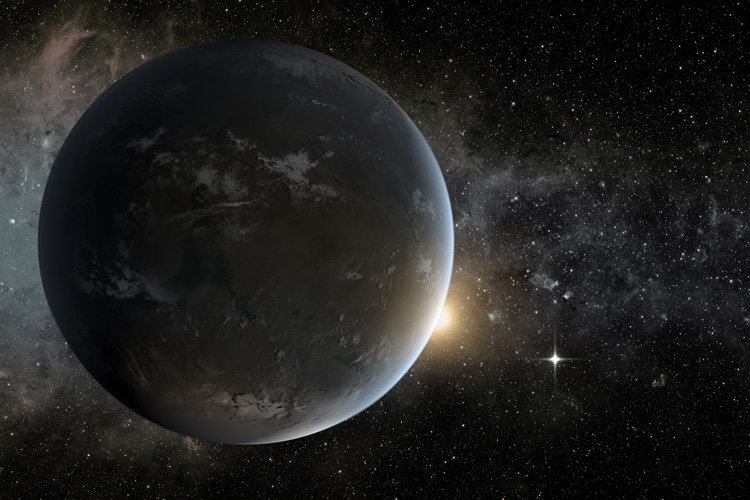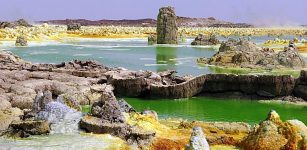Super-Earths And Their Magnetic Fields Generated By Magma Oceans
MessageToEagle.com – Do Earth-like planets in the galaxy have magnetic fields?
Researchers have analyzed one type of exoplanet – super-Earths up to five times the size of our own planet – and concludes that they probably do have a magnetic field, but one generated in a totally novel way: by the planets’ magma oceans.

The surprising discovery that slowly churning melted rock at or under the surface can generate a strong magnetic field also suggests that in Earth’s early years, when it was largely a lump of melted rock, it also had a magma-generated magnetic field. This was in addition to its present-day field, which is generated in the liquid-iron outer core.
“This is a new regime for the generation of planetary magnetic fields,” Burkhard Militzer, a UC Berkeley professor of earth and planetary science, said in a press release.
“Our magnetic field on Earth is generated in the liquid outer iron core. On Jupiter, it arises from the convection of liquid metallic hydrogen. On Uranus and Neptune, it is assumed to be generated in the ice layers. Now we have added molten rocks to this diverse list of field-generating materials.”
The link between a planet’s interior and its magnetic field also provides a way for astronomers to learn about the makeup and ages of exoplanets too far away to visit.
“This is far in the future, but if someone makes an observation of an exoplanet and they find a magnetic field, that may be an indication that there is a magma ocean, even if they cannot see this directly,” Militzer said.
The conclusions also have implications for chances for life on other planets. As magma oceans cool from the top, a surface hospitable to life could appear while the melted mantle continues to churn.
“A magnetic field is helpful in protecting a planetary atmosphere from being blown away by the stellar winds,” said former UC Berkeley postdoctoral fellow François Soubiran, now at the École Normale Supérieure in Lyon, France.
“Most of the super-Earths we are detecting now are very close to their host stars and exposed to very strong stellar winds. Thus, the possibility for a magnetic field to exist is definitely a key component in the evolution of the planet and its habitability.”
Read more – here
MessageToEagle.com










